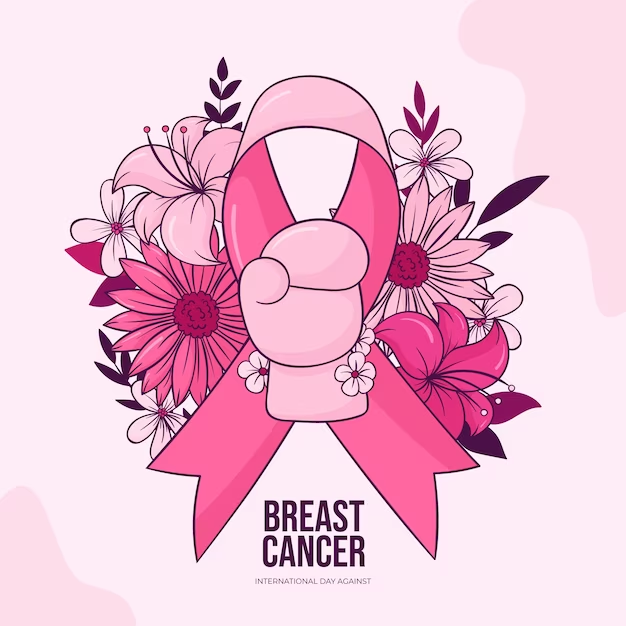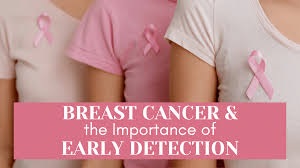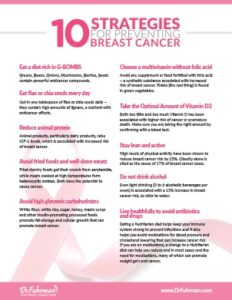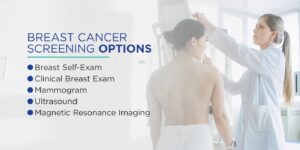BREAST CANCER AWARENESS: IMPORTANCE OF EARLY DETECTION, RISK FACTORS, PREVENTIONS

Breast cancer(carcinoma) is one of the most common cancers affecting women worldwide. As a global health concern, awareness about the disease, its risk factors, prevention strategies, and the importance of early detection is crucial in reducing its impact. This article delves into the key aspects of breast cancer awareness, focusing on the significance of early detection, understanding risk factors, prevention measures, and the screening methods available.
IMPORTANCE OF EARLY DETECTION IN BREAST CANCER

Early detection of breast carcinoma significantly increases the chances of successful treatment and survival. When detected early, localized breast cancer can be treated before it spreads to other parts of the body, improving the prognosis and reducing the need for aggressive treatments.
1. Improved Survival Rates
Early-stage breast cancer, when confined to the breast, has a five-year survival rate of nearly 99%. This is in stark contrast to later stages, where the cancer has spread to lymph nodes or other organs, leading to lower survival rates. Early detection enables timely intervention, allowing for less invasive treatments and better patient outcomes.
2. Less Aggressive Treatment Options
Detecting breast carcinoma at an early stage often means that patients can opt for less aggressive treatments. For example, early-stage breast cancer may be treated with lumpectomy (removal of the tumor) rather than mastectomy (removal of the entire breast), preserving more of the breast tissue. Additionally, early detection can reduce the need for chemotherapy and radiation, which come with significant side effects.
3. Lower Healthcare Costs
Early detection not only benefits the patient in terms of treatment outcomes but also reduces the financial burden associated with cancer care. Treating early-stage breast cancer is generally less expensive than treating advanced stages, where more extensive and prolonged treatments are required.
RISK FACTORS ASSOCIATED WITH BREAST CANCER.
Understanding the risk factors associated with breast cancer is essential for both prevention and early detection. Some risk factors are beyond one’s control, while others can be mitigated through lifestyle changes.
1. Genetic Predisposition
A family history of breast carcinoma significantly increases an individual’s risk. Women with close relatives (mother, sister, or daughter) who have had breast cancer are at a higher risk of developing the disease. In some cases, genetic mutations such as BRCA1 and BRCA2 are responsible for a heightened risk, with carriers of these mutations having up to an 85% lifetime risk of developing breast cancer.
2. Age and Gender
Breast carcinoma is more common in women, and the risk increases with age. Most cases are diagnosed in women over the age of 50. However, it’s important to note that while rare, men can also develop breast cancer.
3. Hormonal Factors
Hormonal factors play a significant role in breast carcinoma risk. Women who began menstruating before age 12 or entered menopause after age 55 are exposed to hormones for a longer period, increasing their risk. Additionally, hormone replacement therapy (HRT) and certain oral contraceptives have been linked to an elevated risk of breast cancer.
4. Lifestyle Factors
Several lifestyle factors contribute to breast cancer risk. These include:
- Diet and Obesity: A diet high in fat and processed foods, combined with obesity, particularly after menopause, can increase the risk.
- Alcohol Consumption: Regular consumption of alcohol has been linked to an increased risk of breast carcinoma. Studies suggest that even moderate drinking can raise the risk.
- Physical Inactivity: Lack of physical activity is another risk factor. Regular exercise helps maintain a healthy weight, reducing the risk of breast carcinoma
PREVENTION STRATEGIES FOR BREAST CANCER/CARCINOMA

While some risk factors for breast cancer cannot be changed, adopting certain preventive measures can significantly reduce the likelihood of developing the disease.
1. Maintaining a Healthy Diet and Weight
A balanced diet rich in fruits, vegetables, whole grains, and lean proteins can help maintain a healthy weight and reduce the risk of breast carcinoma. Limiting processed foods, red meat, and alcohol can further decrease risk. Obesity, particularly after menopause, is a known risk factor, making weight management a crucial preventive measure.
2. Regular Physical Activity
Engaging in regular physical activity, such as brisk walking, cycling, or swimming, can help lower the risk of breast carcinoma. The American Cancer Society recommends at least 150 minutes of moderate-intensity exercise or 75 minutes of vigorous-intensity exercise per week.
3. Limiting Alcohol Consumption
Reducing alcohol intake can significantly lower breast carcinoma risk. Women are advised to limit their alcohol consumption to no more than one drink per day.
4. Avoiding Smoking
Smoking is associated with numerous health risks. Quitting smoking or avoiding it altogether can contribute to overall health and reduce cancer risk.
5. Hormonal Therapy Management
For women undergoing hormone replacement therapy (HRT), discussing the risks and benefits with a healthcare provider is essential. Limiting the duration of HRT and opting for the lowest effective dose can help mitigate the risk of breast cancer.
SCREENING METHODS FOR BREAST CANCER.

Screening is a critical component of early detection, allowing for the identification of mentioned cancer in asymptomatic individuals. Several screening methods are available, each with its advantages and limitations.
1. Mammography
Mammography is the most common and widely recommended screening tool for breast cancer. It involves taking X-ray images of the breasts to detect abnormalities. Mammograms can identify tumors that are too small to be felt, making them essential for early detection.
- Digital Mammography: This modern version of traditional mammography uses digital receptors and computers to produce clear and detailed images. Digital mammography is particularly beneficial for women with dense breast tissue.
- 3D Mammography (Tomosynthesis): This advanced form of mammography provides a three-dimensional image of the breast, allowing for more accurate detection of the cancer, especially in women with dense breasts.
2. Breast Ultrasound
Breast ultrasound is often used as a supplementary screening tool alongside mammography. It uses sound waves to create images of the breast tissue, helping to distinguish between solid masses and fluid-filled cysts. Ultrasound is particularly useful for women with dense breasts or those at high risk who may require additional screening beyond mammography.
3. Magnetic Resonance Imaging (MRI)
MRI is a more sensitive screening tool used for high-risk women, such as those with BRCA1 or BRCA2 gene mutations. MRI uses magnetic fields and radio waves to create detailed images of the breast. It is often used in conjunction with mammography for more comprehensive screening in high-risk patients.
4. Clinical Breast Exams and Self-Exams
Regular clinical breast exams by healthcare providers and self-exams at home play a crucial role in breast cancer detection. While not as sensitive as imaging techniques, they can help in detecting palpable lumps or changes in breast tissue.
- Clinical Breast Exam (CBE): A healthcare provider performs a physical examination of the breasts and underarms to check for lumps or abnormalities.
- Breast Self-Exam (BSE): Women are encouraged to perform monthly breast self-exams to become familiar with the normal feel and appearance of their breasts, allowing them to detect any unusual changes early.
CONCLUSION.
Breast carcinoma awareness is vital in the fight against this prevalent disease. Understanding the importance of early detection, recognizing risk factors, and adopting preventive measures can significantly reduce the incidence and impact of breast carcinoma. Regular screening through mammography, ultrasound, and MRI, combined with clinical and self-exams, ensures that breast cancer is detected at its earliest, most treatable stage. As research and technology advance, continued awareness and education will remain key in empowering individuals to take proactive steps toward their breast health.
References:
- American Cancer Society. (2023). Breast Cancer Facts & Figures 2023-2024. Retrieved from https://www.cancer.org
- National Breast Cancer Foundation. (2023). What is Breast Cancer? Retrieved from https://www.nationalbreastcancer.org
- Mayo Clinic. (2023). Breast Cancer Risk Factors. Retrieved from https://www.mayoclinic.org
- Centers for Disease Control and Prevention (CDC). (2023). Breast Cancer. Retrieved from https://www.cdc.gov
Written by Fawzi Rufai, Medically Reviewed by Sesan Kareem